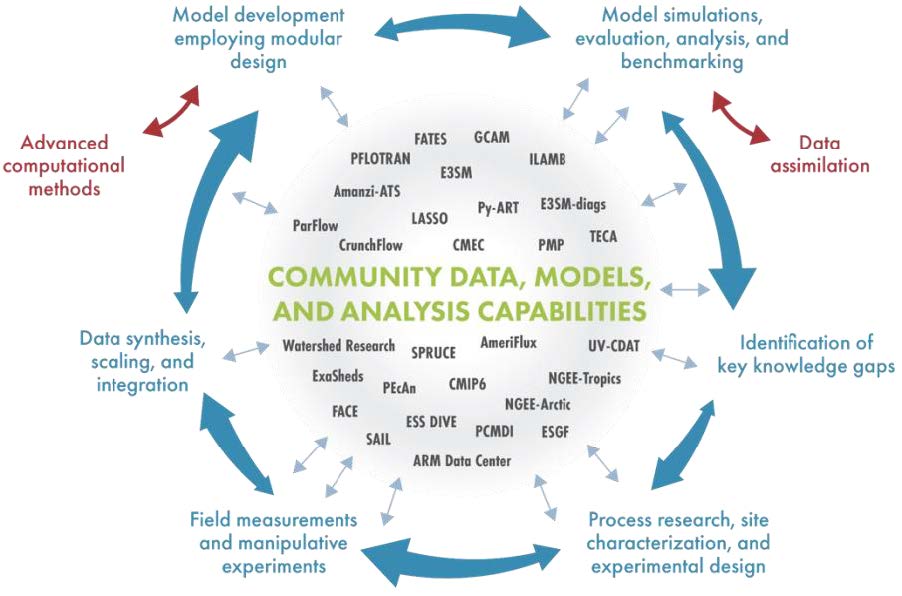The U.S. Department of Energy’s (DOE) Earth and Environmental Systems Sciences Division (EESSD), within the Office of Science’s Biological and Environmental Research (BER) program, has issued a call for white papers.
White papers must be received by Monday, February 15, 2021, at 5 p.m. Eastern time.

According to the DOE call, the white papers are intended to “inform the design of three sequential workshops (conducted in 2021–2022) focused on answering the following overarching question of: How can DOE directly leverage artificial intelligence (AI) to engineer a substantial (paradigm-changing) improvement in earth system predictability?”
According to the announcement, DOE’s vision is to make radical improvements in predictive capabilities by applying artificial intelligence (AI) methods to build a new integrative system that spans the continuum from observations to predictive modeling. This effort will require the exploration of AI across the MODEX enterprise to determine the most impactful applications along the observation-modeling continuum.
White papers must address the data-model integration grand challenge presented in the EESSD Strategic Plan. This plan describes five grand challenges that frame the division’s investments through 2023:
- integrated water cycle
- biogeochemistry
- high-latitude science
- drivers and responses
- data-model integration.
Since the development of the plan, the following cross-cutting areas of interest have emerged:
- predictability of extreme events
- terrestrial aquatic interfaces
- regions of high gradients (e.g., coastal zones and watersheds)
- integration of AI and other new technologies into scientific research.
See the DOE announcement for more details, including background, purpose, white paper structure, and submission details.
Download the white paper template now.
# # #This work was supported by the U.S. Department of Energy’s Office of Science, through the Biological and Environmental Research program as part of the Atmospheric System Research program.

